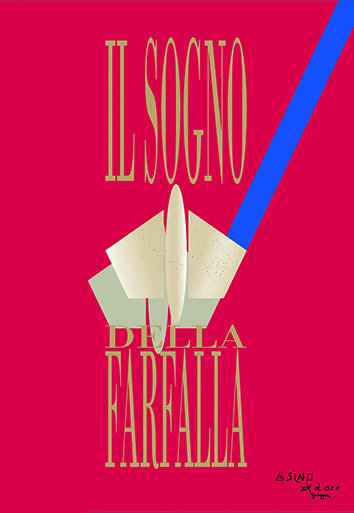Towards a second law governing psychiatric assistance in Italy: psychiatry looking for an identity
Abstract
This work (which is linked to the article written by L. Testa, A. Piazzi and C. Dario published in the previous issue of the magazine) aims to offer an interpretation of the history of Italian psychiatry from the Second World War until 1968. Starting from the first and important Italian law on psychiatry, the Giolitti Law of 1904, the authors examine the experiences and psychiatric practices that have brought about the enactment of the second Italian psychiatric law: the Mariotti Law of 1968. With the law of 1904 the psychiatrist, referred to then as “freniatra” (another term for psychiatrist), was obliged to act as a guardian of the “alienated”, who, when viewed exclusively in custodian terms intent on offering social protection, were relegated to the so-called asylums. The authors begin their consideration from this state of affairs, where the alienated individual was seen as a delinquent and was described as such in criminal records, to then describe a 60-year-long process involving the psychiatrist-custodian before finally being recognized in his medical identity. Such a recognition was endorsed by the law Mariotti, with which the alienated would lose the connotations of delinquent to take on those of an ill person. A sinergy between two elements was important in achieving this result: on the one hand the new cultural climate of the 60s, open to the search for a possible therapy for the mentally ill; on the other hand the union of almost all public psychiatrists in a strong, determined and close-knit trade union association: the AMOPI (Association of doctors of Italian psychiatric hospitals), founded in 1959. The “AMOPI bulletin” published by the latter carried out an important role in the cultural and political debate that preceded and accompanied the enactment of the Mariotti law and today represents a fundamentally important historical source in the reconstruction of these events, as the extensive use made in this article testifies.


